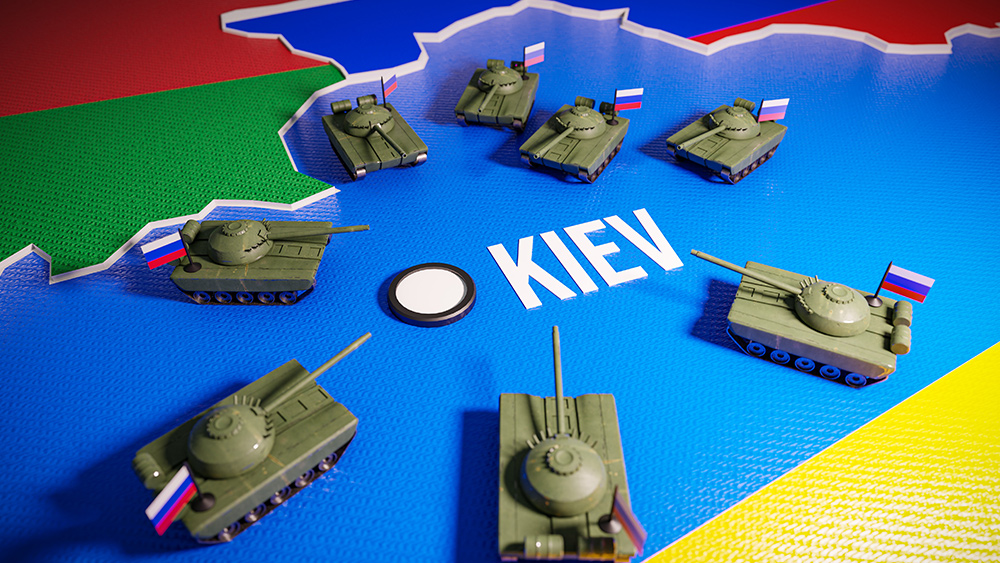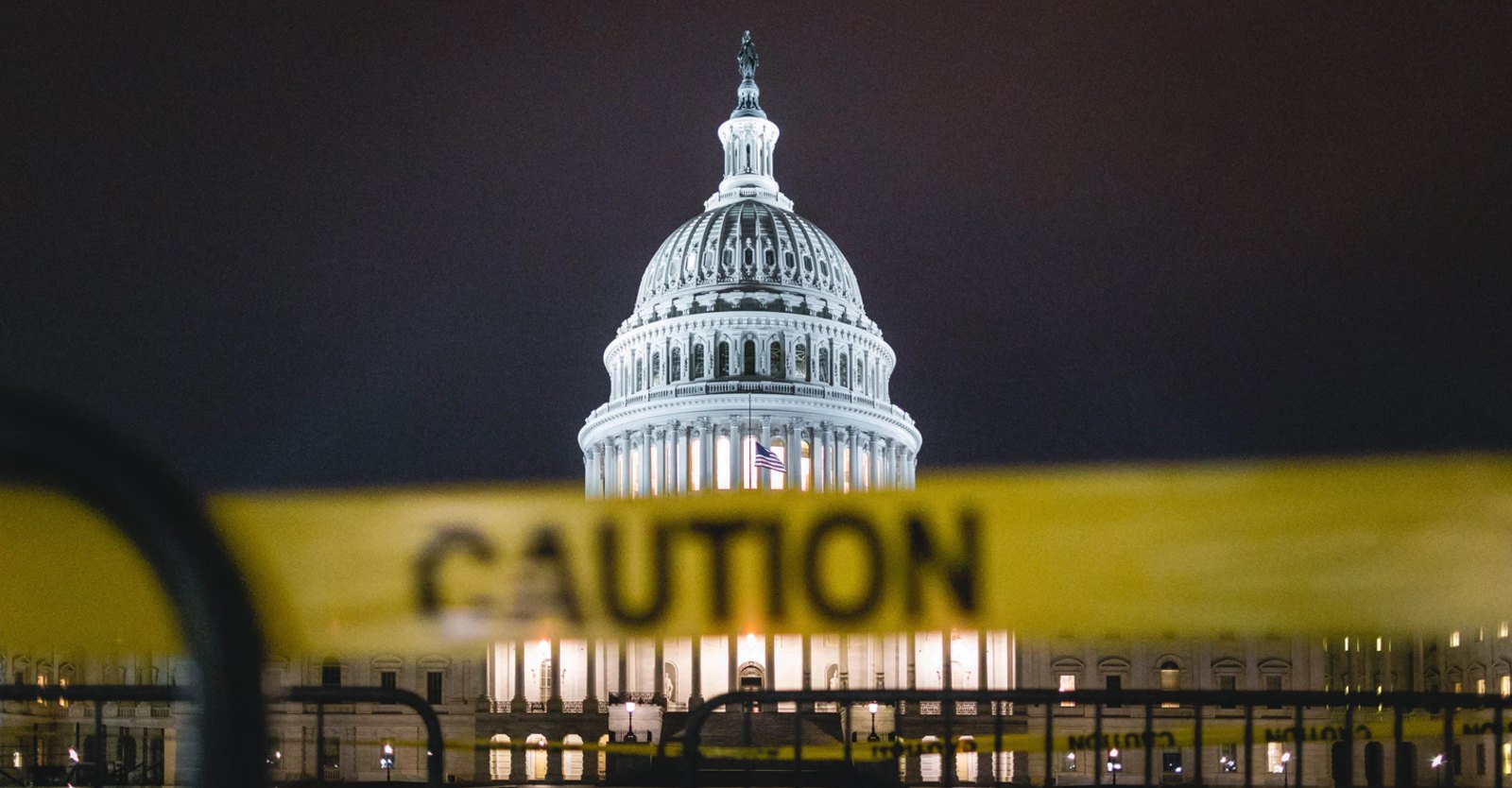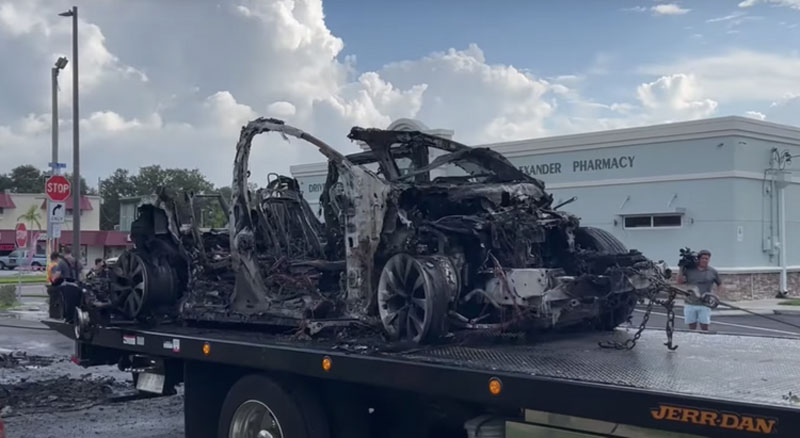In recent developments, NATO’s once formidable weapons and ammunition stockpiles have been depleted, primarily due to the support provided to Ukraine amidst the ongoing conflict. This article sheds light on the dire situation NATO finds itself in, with a focus on the need for immediate action to replenish its dwindling armament resources.
The Depletion Crisis: A Closer Look
- Stockpile Depletion: NATO, an alliance of Western nations, has been significantly affected by the depletion of its military resources. The situation has reached a critical point, with almost nothing left in its stockpiles.
- Calls for Arms Production Increase: Dutch Adm. Rob Bauer, speaking at the Warsaw Security Forum, highlighted the urgency of the situation. He stressed the need for NATO to ramp up arms production immediately, as the alliance is now scraping the “bottom of the barrel.”
- Budget Increases vs. Production Failures: Before the Russian invasion of Ukraine, NATO had increased its military budgets. However, the Western arms industry failed to match this increase with expanded production capacity, leading to higher prices even before the war began.
- Distribution Challenges: Bauer pointed out that the distribution of weapons and ammunition to Ukraine began from half-full or lower warehouses in Europe, exacerbating the problem. Large volumes of production are now required to meet the demand.
Warnings Ignored: Sustainability Concerns
- Stoltenberg’s Warning: Earlier this year, NATO Secretary-General Jens Stoltenberg issued a warning that Kiev was using artillery shells at a pace surpassing NATO’s production capabilities. This should have raised concerns about the sustainability of supporting Ukraine’s military efforts.
- Delayed Action: Despite these warnings, the United States and its allies are now attempting to increase production. However, it may be too late, as Russia appears to be gaining the upper hand in the conflict.
UK’s Exhausted Support: A Case in Point
- UK’s Depleted Arsenal: The United Kingdom, a staunch supporter of Ukraine, has run out of weapons to send. The British military source reported a shortage of critical supplies such as air defense assets and artillery ammunition.
- Budget Disagreements: There have been disagreements within the UK government regarding the allocation of resources. Former Defense Secretary Ben Wallace urged more spending to surpass Germany as Ukraine’s top European supporter, but not everyone agreed.
NATO’s Dilemma: A Loss of Support
- Inability to Sustain the Proxy War: NATO seems to have lost the ability to support the proxy war in Ukraine, even if it desires to do so. Poland has ceased sending weapons to Ukraine, and Slovakia elected a leader who campaigned on ending all military support for Ukraine.
- Congressional Debate in the U.S.: In the United States, Congress is divided over President Biden’s request for $24 billion in new funding to support Ukraine. This funding has faced scrutiny amid concerns about the situation’s development.
Conclusion: The Need for Swift Action
NATO’s depletion of weapons and ammunition stockpiles highlights the urgency of the situation. Immediate action is required to address the production shortfalls and replenish resources to support Ukraine effectively. Failure to do so could have significant implications for NATO’s role in the ongoing conflict and its ability to maintain a strong defense posture in the face of evolving geopolitical challenges.
Free Speech and Alternative Media are under attack by the Deep State. Real News Cast needs reader support to survive. Please Contribute via GoGetFunding



